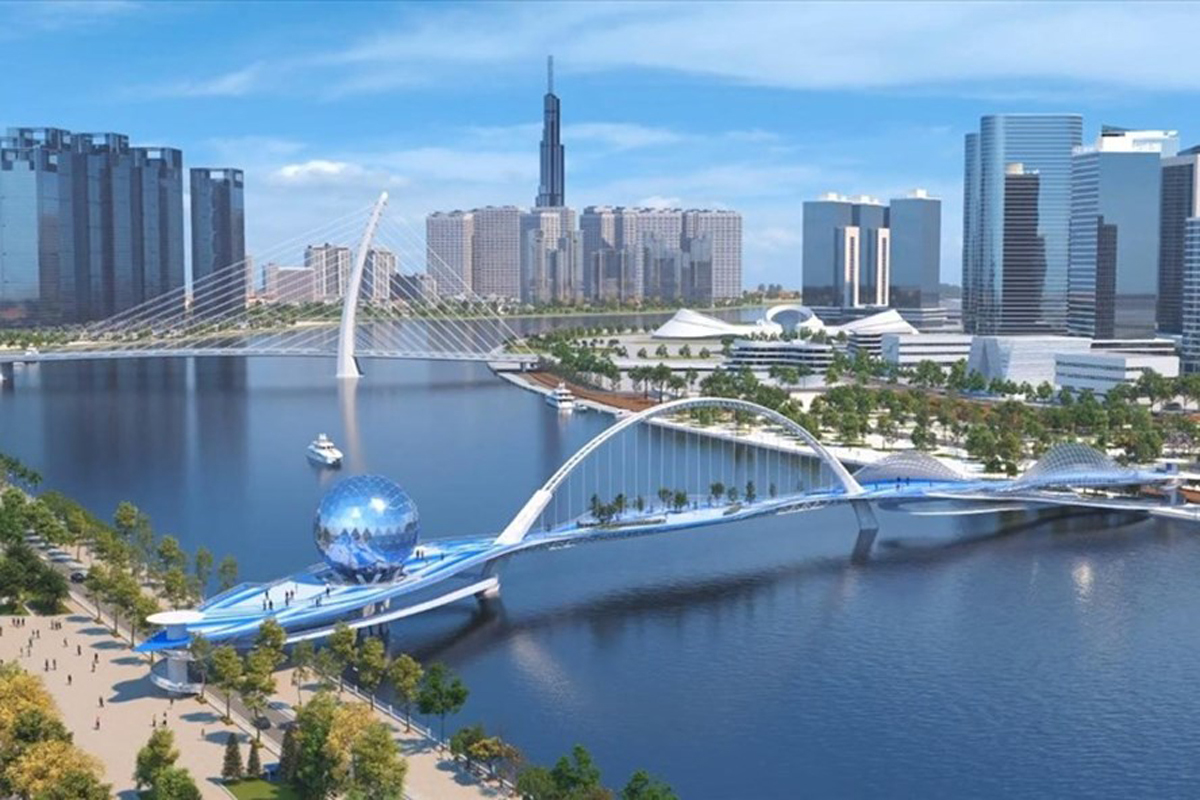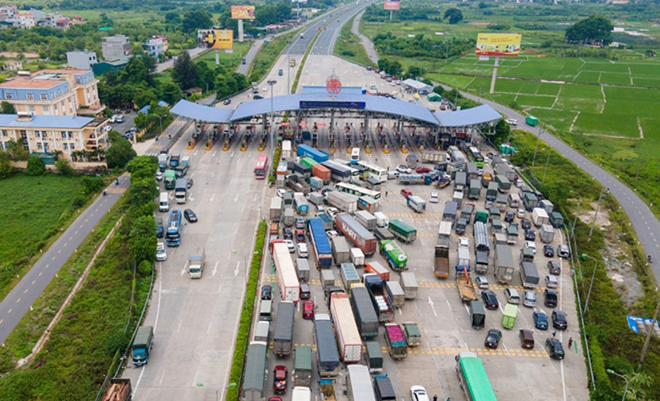 |
|
|
In early 2021, the Government assigned the Ministry of Planning and Investment to develop a resolution on enterprise development for the period of 2021-2025, with a vision to 2030, which targets 1.3-1.5 million enterprises by 2025.
According to the Vietnam General Statistics Office, by the end of 2020, the country had about active 810,000 enterprises. To achieve the target, Vietnam must have 100,000-150,000 new businesses coming into operation annually.
This year, due to the heavy influence of the Covid pandemic, a large number of enterprises has withdrawn from the market. It is estimated that by the end of 2021, the number of active businesses will be lower than that of 2020. The question is the target will be fulfilled?
Unified anti-pandemic policy needed
Entrepreneurs complain that with the policy “each locality is a fortress to prevent the epidemic”, many provinces have prioritized the fight against the epidemic with the desire to achieve "zero Covid-19" and this has affected business and production operations.
In many localities, hundreds of pandemic checkpoints have been set up at entrances and highways, which have hindered circulation of goods. The Vietnam Association of Logistics Service Providers lamented that as provinces apply different epidemic prevention measures, goods transport has been seriously affected, doubling the burden on businesses that have had to struggle to survive in the pandemic.
The characteristic of production and business activities is chain connections, regardless of administrative boundaries. Therefore, when local governments apply different policies and regulations on social distancing and goods transport and some provinces even close their doors to ensure “zero Covid”, input materials cannot reach factories and goods are kept in stock. This is seen as the fastest way to push enterprises to the risk of bankruptcy.
Recent statistics from the General Statistics Office show that in January-September 2021, up to 90,300 enterprises withdrew from the market, up 15.3% over the same period of last year.
On average, 10,000 enterprises were leaving the market each month. In fact, the number may be higher because when provinces implemented strict social distancing, many businesses could not complete closure procedures.
This situation has never happened in the past 10 years. Experts estimate that from now until the end of 2021, the number of businesses that will stop operating or be dissolve will be around 120,000.
Prolonged lockdowns have hit the economy hard. However, when switching to "living with Covid-19", there are still many obstacles. In some provinces, the risk of "sub-license" rises again, making it difficult for businesses to resume operations.
Ly Kim Chi, Chairwoman of the HCM City Food and Foodstuff Association, said that businesses are already exhausted. If local governments issue more sub-licenses and regulations that cause difficulties for business operations, enterprises will "collapse" completely.
Another challenge for business and production recovery is labor shortages, as tens of thousands of migrant workers have left cities to return to their hometowns to avoid the pandemic.
Stronger reform
 |
Nguyen Dinh Cung, former director of the Central Institute for Economic Management, said that in 2017 the Institute had proposed that the Government remove three quarters of the existing 4,000 business conditions. However, in official documents issued later, the Government only asked to reduce and simplify 50% of these. In 2018, ministries and branches began reducing and simplifying business conditions under the Government’s direction.
"But I don't think that it really works because we recommended removing and abolishing, not simplifying business conditions," Mr. Cung said. Therefore, there has been no substantive impact on the business environment, and no positive effect on enterprises. Half-hearted reform has led to the risk that business conditions are recovering.
The Vietnam Chamber of Commerce and Industry (VCCI) commented that the recent reform and reduction of business conditions and support for enterprises to enter the market has not been substantial. Ministries and state agencies claimed to have cut business conditions by up to 60%, but it is on paper only. In reality it's only about 30-40%. The market entry procedures are still complicated and overlapping.
In 2016, the Government issued Resolution 35/NQ-CP on supporting and developing enterprises, which set a target of having 1 million enterprises operating by the end of 2020, but it failed. According to experts, the main reason is that the business environment still has many barriers for enterprises to enter the market.
Therefore, in the period of 2021-2025, if there are no drastic reforms in the business environment and to changes in behavior detrimental to production and business activities, the dream of having 1.3-1.5 million enterprises by 2025 will be unreachable.
Facing difficulties caused by the Covid-19 pandemic, businesses need a strategy to restore safe production and business activities in the new anti-epidemic state. It is important for Vietnam to take action now, to maintain its competitiveness on regionally and globally, and not to fall behind in the economic recovery process.
Economic experts said that it is necessary to take action immediately and have a comprehensive economic promotion program. Otherwise, recovery will be slow and painful.
Tran Thuy

Vietnam’s goal of having 1 million enterprises still far away
Expectations to transform business households into companies have been unsuccessful as most households did not want to officially become companies. The goal to have 1 million businesses by the end of 2020, thus, was not met.